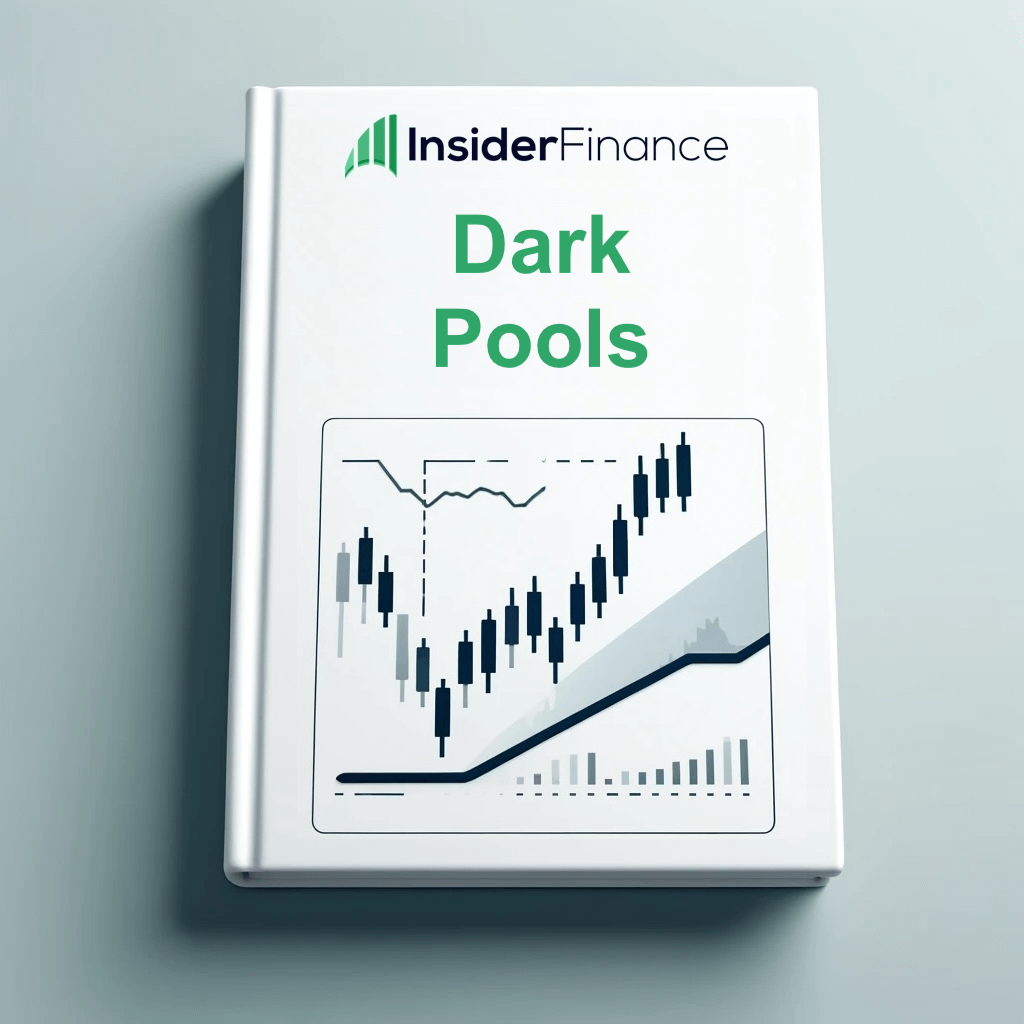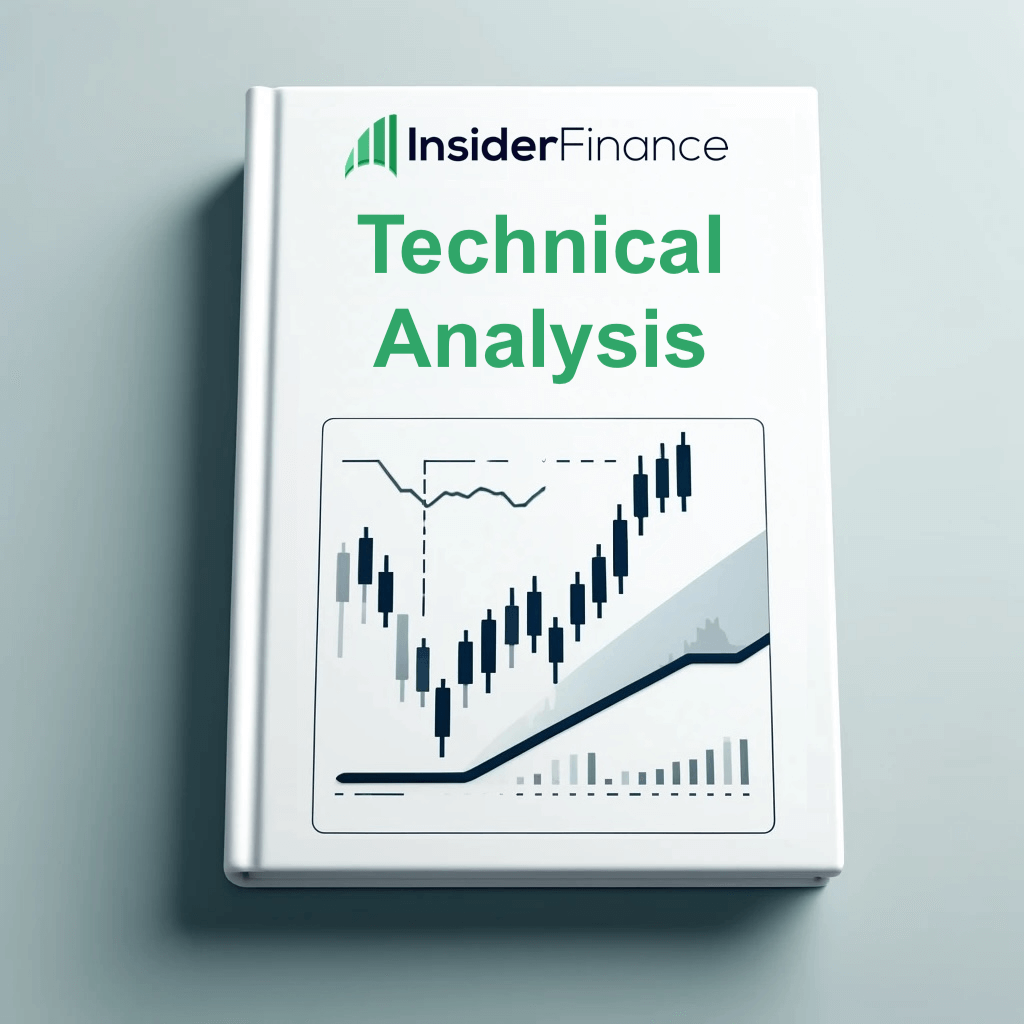Why Trade Unusual Options Activity?
So why do we care about these unusual options trades?
The answer is simple: these trades give us high-potential trade ideas if identified correctly.
The main drivers of why we typically see Unusual Options Activity are what makes it such a powerful leading indicator of upcoming market movements.
Primary Drivers of Unusual Options Activity
- A highly leveraged bet on insider information smart money used its unfair advantage to receive legally
- A highly leveraged bet or hedge before known catalyst events
- A highly leveraged bet or hedge before unexpected catalyst events
- A hedge on equity positions
Examples of Known Catalyst Events
- Earnings reports
- Dividend announcements
- Product launches
Examples of Unexpected Catalyst Events
- Influential analysts upgrade or downgrade the stock
- Black swan event
- A new short seller report released
- An activist investor taking a new position in a company
- Unexpected CEO announcement
Let’s start with why we may see Unusual Options Activity that’s really a hedge on an equity position.
Unusual Options Activity as a Hedge
An institution may have a large equity position (long or short) in an individual ticker.
Instead of selling that equity position with possible tax implications, they use options as hedges to limit their exposure to short-term volatility.
In this scenario, institutions trade bearish options if they have a long position in the underlying equity or bullish options if they have a short position in the underlying equity.
The same logic applies to hedges against known or unexpected catalysts.
An institution may choose to use an option to hedge against the short-term volatility that will likely follow the catalyst event if they still maintain the same long-term sentiment and don’t want to sell to avoid short-term volatility.
While it’s certainly possible that institutions are hedging short positions with bullish options trades, it’s much more common to see bearish options trades used as hedges against the downside.
Typically, institutional investors trade bullish options on individual tickers to build positions.
To limit their exposure to an overall market downturn, they also trade bearish options on ETF tickers like SPY as hedges.
That’s why we recommend trading bullish Unusual Options Activity on individual tickers (not ETFs) - to greatly eliminate the possibility that the trade was executed as a hedge.
More commonly, bullish unusual options activity typically originates from “smart money” making huge leveraged bets on short-term market direction, either before a catalyst event or from inside sources.


